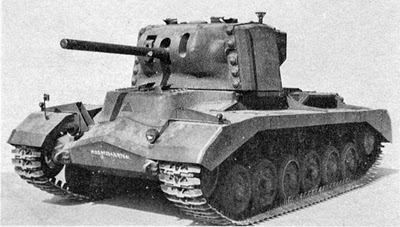You are not logged in.
Dear visitor, welcome to WesWorld. If this is your first visit here, please read the Help. It explains in detail how this page works. To use all features of this page, you should consider registering. Please use the registration form, to register here or read more information about the registration process. If you are already registered, please login here.


Quoted
Royal Marine Commando
Commando HQ Company
Reconnaissance Troop (includes a sniper section)
2 RM Companies
2 RM Support Companies
1 Logistic Company
2 RM Companies each with;
Company Headquarters (Coy HQ)
3 Troops
1 Support Troop
Quoted
Each Troop comprises;
Troop HQ
Captain (Browning Automatic pistol & Very pistol)
Lieutenant (Enfield rifle, Very pistol, two 2in mortar bombs)
2nd Lieutenant (Enfield rifle, Very pistol, two 2in mortar bombs)
Troop Sergeant-Major (Enfield rifle, Very pistol)
Orderly (Enfield rifle, two 2in mortar bombs)
Orderly (Enfield rifle, two 2in mortar bombs)
3 Sections each comprising;
No.1 Sub-Section
Sergeant (Sten SMG with 5 magazines, 2 grenades, 4 lbs. of explosives)
Corporal (Sten SMG with 5 magazines, 2 grenades, 4 lbs. of explosives)
5 Marines (Enfield rifles, 2 LMG magazines, 2 grenades, 4 lbs. of explosives each)
LMG Sub-Section
Corporal and 2 Marines (Enfield Rifle, 4 LMG magazines each, one Vickers ‘K’ LMG)
No. 2 Sub-Section
Sergeant (Sten SMG with 5 magazines, 2 grenades, four 2in mortar bombs)
Corporal (Sten SMG with 5 magazines, 2 grenades, three 2in mortar bombs)
5 Marines (Enfield rifles, 2 LMG magazines, 2 grenades, three 2in mortar bombs each)
LMG Sub-Section
Corporal and 2 Marines (Enfield Rifle, 4 LMG magazines each, one Vickers ‘K’ LMG)
Support Sub-Section:
Corporal (Sten SMG, 2 grenades, binoculars, compass)
Mortar Lance-Corporal (Enfield rifle, twelve 2in mortar bombs (three HE and nine smoke rounds))
No. 1 Mortarman (2in mortar and 6 mortar bombs (three HE, three smoke), Browning Automatic pistol)
No. 2 Mortarman (Enfield rifle, 12 mortar bombs (six HE, six smoke))
Sniper (Enfield rifle with telescopic sight, 2 LMG magazines)
Quoted
Royal Marine Support Troop comprises;
Troop HQ
Captain (Browning Automatic pistol, Very pistol)
Lieutenant (Enfield rifle)
Sergeant (Enfield rifle)
Batman/Driver (Enfield rifle)
Batman/Driver (Enfield rifle)
Lance-Corporal RAMC (Enfield rifle)
Mortar Section (may be mounted in Carriers)
2 Corporals (Enfield rifle each)
1 Lance-Corporal (Enfield rifle)
2 Drivers/Mechanics (Enfield rifle each)
6 Mortarmen (two 3in mortars, Browning Automatic pistol each)
1 Range Taker (Browning Automatic pistol)
3 Drivers (Browning Automatic pistol each)
2 Signalmen (Enfield rifle each)
Machine Gun Section (may be mounted in Carriers)
2 Corporals (Enfield rifle each)
1 Lance-Corporal (Enfield rifle)
2 Drivers/Mechanics (Enfield rifle each)
6 Machine Gunners (two .303 Vickers MG, Browning Automatic pistol each)
1 Range Taker (Browning Automatic pistol)
3 Drivers (Browning Automatic pistol each)
1 Runner (Enfield rifle)
2 RM Support Companies each with;
Quoted
Company Headquarters
Heavy Machine Gun Troop (four Vickers 0.50in machine guns)
Mortar Troop (four 3in mortars)
Anti-Tank Troop (two 2pdr AT guns)
Close Combat Troop (as for RM Troop but all Marines equipped with Sten SMG, 6 grenades)
This post has been edited 1 times, last edit by "Hood" (Jun 23rd 2012, 5:08pm)

This post has been edited 1 times, last edit by "Hood" (Jun 24th 2012, 2:13pm)
Quoted
Originally posted by Kaiser Kirk
The WW Dutch have been using the Kommando term since the 1920s, with 2nd Marine Brigade providing the troops and running a training facility on Celebes near Dongalla. Even if Hoo's SAE hasn't popularized the term, the Malaysian Brits should be aware of the Dutch model.
This post has been edited 2 times, last edit by "BruceDuncan" (Jun 25th 2012, 2:45am)
Forum Software: Burning Board® Lite 2.1.2 pl 1, developed by WoltLab® GmbH
